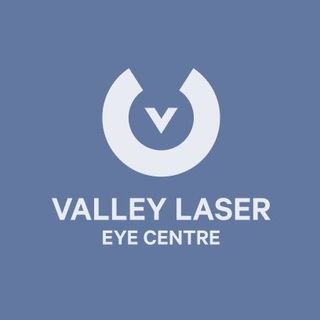Millions of people worldwide have undergone laser-assisted in situ keratomileusis (LASIK) to correct their vision. LASIK is an excellent option for people with vision problems that can no longer be corrected by wearing glasses or contact lenses. Many people with vision problems opt for this method, but it is not for every individual. In other words, LASIK can only correct the vision of people with certain types of vision problems.
Here are the vision problems this surgery corrects:
1. Myopia
Myopia is commonly called nearsightedness and involves difficulty seeing objects up close. The world becomes blurred and unclear when you look at it, especially if you are reading. Myopia is caused by the cornea, the clear eye cover, being too long, or the lens being too curved.
2. Hyperopia
Hyperopia is commonly called farsightedness and involves difficulty seeing close objects. The world around you appears blurred and unclear when you look at it. The eye keeps focusing on things close to the eye and fails to focus on objects far away. Farsightedness is caused by the cornea being too short or the lens being too flat.
3. Astigmatism
Astigmatism is when the eye has an uneven cornea. It results in blurry vision and difficulty seeing clearly. This occurs because the cornea is not spherical. The cornea can be steeply curved, which results in clear sight at one point and blurry vision at a different point. The cornea can also be obliquely curved, which results in blurry vision at all points. Astigmatism is caused by cornea changes or the lens being unevenly shaped.
4. Presbyopia
Presbyopia is a normal part of the aging process. It results in blurry vision for people above the age of 40. Presbyopia is caused by the lens of the eye being cloudy and stiff. This makes it hard to focus on objects close to the eye. It is a natural part of the aging process, so you will most likely have presbyopia if you are older than 40. However, you can still correct your vision if you have other vision problems.
How Does LASIK Correct These Problems?
LASIK works using a laser beam to create a thin flap on the eye’s surface. If a person is nearsighted, they will be given a preservative called a contact lens. This lens is placed on the cornea, and laser surgery is performed. The laser burns a shape in the cornea to curve it as much as needed to correct the patient’s vision.
If a person is farsighted, then a lens is not needed. The laser used to create the flap also reshapes the cornea. The laser burns the cornea to correct the vision. Once the cornea is reshaped, it is closed back up using tiny stitches. These stitches do not leave scars on the cornea.
After the surgery, patients are given eyeglasses, which they must wear for up to a week. The glasses are used to protect the eye, so the flap created during the surgery is not disturbed. The stitches are also used to keep the cornea closed. The eyeglasses also help patients get used to their new, improved vision.
Conclusion
If you are a person with any of the above vision problems, you may want to consider LASIK. However, you will still need to consult with an eye specialist to see if you are a candidate for this type of surgery. The actual surgery is fast and easy, but it is essential to remember that it does have some risks. You will have to undergo a complete eye exam before the surgery, so your eye doctor can decide if you are a candidate for LASIK or need other treatment types.
Valley Laser Eye Centre is a laser eye clinic in Vancouver, British Columbia. Our highly-trained staff is committed to maintaining a comfortable, professional, state-of-the-art facility so clients can enjoy a seamless vision clinic experience. We offer ICL, LASIK, Cataract Surgery, Refractive Lens Exchange, Photorefractive Keratectomy (PRK), and reading vision correction. Book a consultation today and restore your perfect vision!
This blog post does not replace medical advice and should not be implemented prior to consulting a fully certified medical professional.





